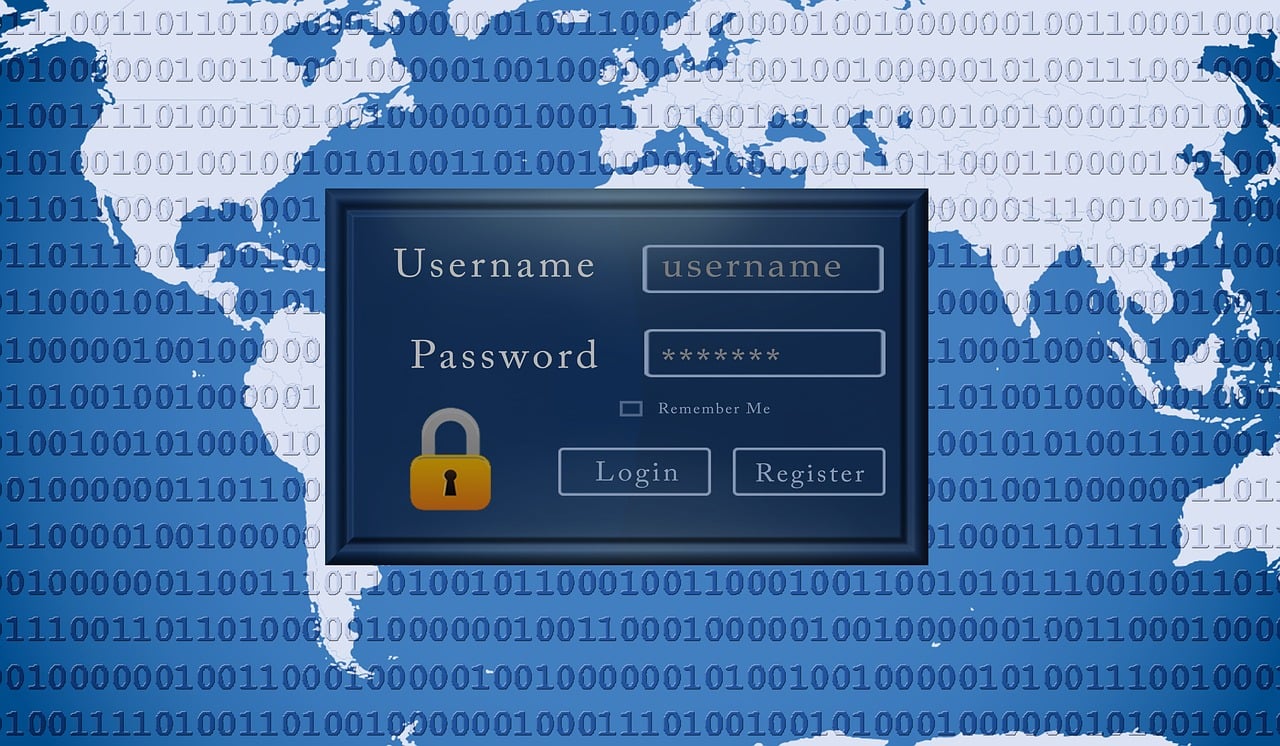It’s always better to be prepared for the worst, especially when it comes to a ransomware attack. Did you know that the U.S. Department of Justice reports that there are over 4,000 ransomware attacks a day? It’s a scary thought, isn’t it? The criminals behind these attacks can cripple your business by locking you out of your systems, operations, and data until you pay a requested amount, known as the ransom, to regain control.
But that’s not the end of it. The true cost of a ransomware attack is much more than the ransom itself. There are hidden costs that can cause long-term damage to your business. Beyond the price of the ransom, businesses are faced with losses in revenue, data and systems recovery, labor costs, damage to their reputation, legal and regulatory costs, and the emotional toll of the attack. These tangible and intangible effects can linger for months if not years, and it’s important to consider them when thinking about the impact of a ransomware attack.
Primary costs – paying the ransom
Paying the ransom itself is just the beginning. In 2022, the average cost of a ransomware ransom was $812,000 and in 2023, the average ransom almost doubled to $1.5 million. Most attackers request payment in Bitcoin or other cyber currency, leaving businesses scrambling to find ways to make the payment without access to their besieged accounts and systems. But even if you do pay the ransom, it can have enduring adverse effects. Did you know that it’s estimated that 60% of small businesses go out of business within six months of a ransomware attack? It’s a staggering number, and it highlights just how devastating a ransomware attack can be.
Secondary costs
Revenue loss
One of the largest secondary costs of a ransomware attack is the catastrophic loss of revenue. Every day down is another day with no income, and downtime is the largest driver of loss of revenue. While the costs vary by the size of your business and the industry that you’re in, most downtime calculators track time by the minute, and the average downtime following a ransomware attack is 21 days.
Long-term effects
At Atekro we understand that the thought of a ransomware attack can be daunting and overwhelming. It’s not just about the immediate financial costs of paying the ransom, but also about the long-term effects that can have a significant impact on your business. It’s not uncommon for businesses to face additional expenses beyond the ransom payment, such as IT experts, data recovery costs, and new security protocols, all of which can add up to a considerable loss.
Moreover, it’s not just about the money, but also the emotional toll that such an attack can take on both you and your employees. Your regular employees are left at a standstill when your systems don’t work, and you have to compensate them for their downtime. And the emotional distress that comes with a violation of privacy can be physically and emotionally exhausting.
A ransomware attack can also damage your reputation and result in legal and regulatory costs, such as attorney fees, fines, and even lawsuits. It’s heartbreaking to see a business suffering from something that could have been prevented with proactive cybersecurity protocols.
Therefore, it’s essential to take steps to minimize the risks of ransomware attacks by having a plan in place to keep your data secure. While there’s no 100% guaranteed prevention method against ever-evolving cyberattacks, being proactive can help you save on the costs associated with a ransomware attack.
Contact us if you want to learn more about how to protect your business.
We compare Microsoft 365 and Google Workspace across key areas like cybersecurity, productivity, cloud storage, user-friendliness, administration, and cost. Find out which suite best meets your business needs.
Optimize IT operations with Microsoft Intune’s cloud-based device management and policy control, remote work support, and seamless integration with other Microsoft services to boost productivity and enhance security.
A password manager can streamline your security by storing all your credentials in one encrypted vault, simplifying logins with a single master password. Discover implementation tips for enhancing your digital security.
Ransomware attacks are on the rise, threatening businesses of all sizes. Discover how to defend your business with practical tips on preventing attacks and maintaining resilience.
Gain clarity on the FTC Safeguards Rule and its implications for your business's data security. Discover effective strategies to ensure your company meets regulatory standards.
Six actionable tech tips to enhance your accounting firm's efficiency and security. From cloud adoption to cybersecurity, stay ahead of the curve.
Multi-Factor Authentication (MFA) is essential for securing your Microsoft 365 account against cyber threats. With simple setup options safeguard your data effectively.
As a business owner, it's difficult to determine which cybersecurity solutions are essential for your small business. Find the right solutions by considering three primary factors: effectiveness, user impact, price.
Learn about the primary and hidden costs that can devastate your business and why proactive cybersecurity measures are essential for safeguarding your company's future.
STAY IN THE LOOP
Subscribe to our free newsletter.










